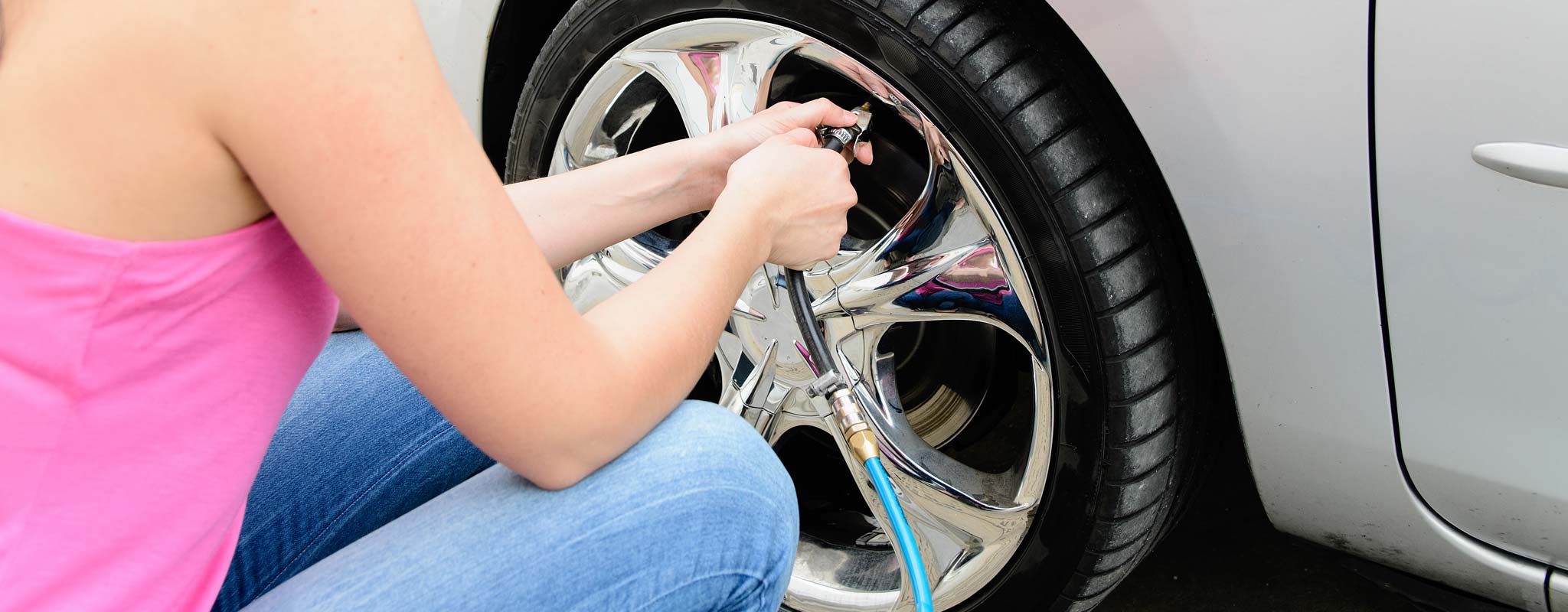How to: Make Your Tires Last Longer
Do you like plunking down your hard-earned money on a new set of tires? Unless you’re a true enthusiast, probably not. If you want to extend the life of your tires, improve your car’s ride, and have a safer drive, follow these four quick tips.
1. Check Your Tire Air Pressure Monthly
Take the easiest step to extend tire life: Maintain the correct air pressure. The wrong air pressure can cause sluggish handling, increase stopping distance, increase wear and tear and heighten the risk of a blowout. Tire pressure changes:
- Every month. Tires can lose about a pound per square inch (PSI) of pressure monthly.
- In winter, when colder temperatures can lower air pressure.
- In summer, when warm weather increases tire air pressure.
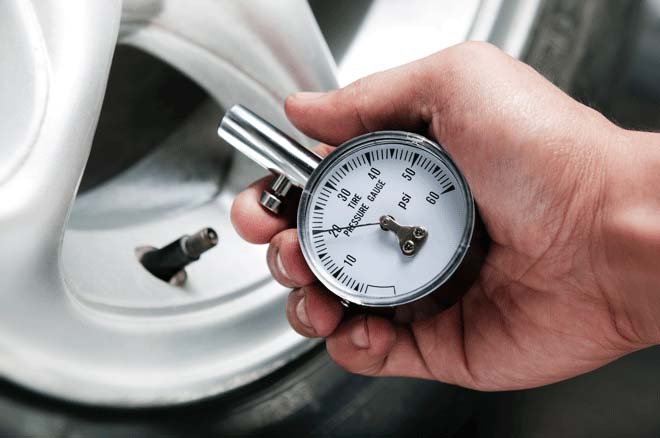
This isn’t just about money, either. Proper tire pressure is important for safety. A National Highway Transportation Safety Administration Crash Causation Survey found tire issues in one out of 11 crashes. (Source: http://www-nrd.nhtsa.dot.gov/Pubs/811617.pdf [PDF]) Correct air pressure improves fuel efficiency. Underinflated tires mean you’re getting fewer miles to the gallon and paying more for gas than you need to. You can improve your gas mileage by up to 3.3 percent by keeping your tires inflated to the proper pressure. (See more gas mileage tips at http://www.fueleconomy.gov/feg/drive.shtml.) The right tire pressure is an easy "win." Go check!
2. Get Your Tires Rotated Every 5,000 Miles
In most cars, only one or two wheels “drive” the car at a time. That can cause uneven tire wear. For example, on front-wheel drive vehicles, front tires wear faster. On rear-wheel drive vehicles, it’s the back tires. Even all-wheel drive vehicles can see uneven wear, as most shift the drive from one wheel to another. A technician rotates your tires by moving them to different wheel positions on the vehicle. That gives tires on drive wheels a rest and evens out wear. Rotation makes tires last longer. Do it every 5,000 miles.
3. Have Wheels Balanced
Tire rotation is a great time to get your wheels balanced, as well. Every tire and wheel has a heavy spot in it. None is perfect, even when brand new. The difference is tiny, measured in one-quarter to one-half ounces. But that small difference can cause vibration and uneven tire wear. Your mechanic can balance each wheel using a specialized machine and small weights. As the tire wears, he may need to move or change that weight. It’s a fast, easy process that costs a lot less than a new tire! Make sure you get your tires’ balance checked and adjusted during rotation.
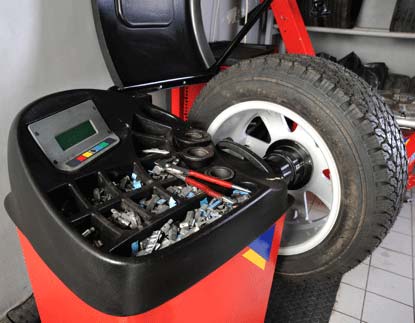
4. Check Your Alignment Twice a Year
Misalignment may make your tires toed-in (“pigeon-toed”) or toed-out (“duck-footed”).
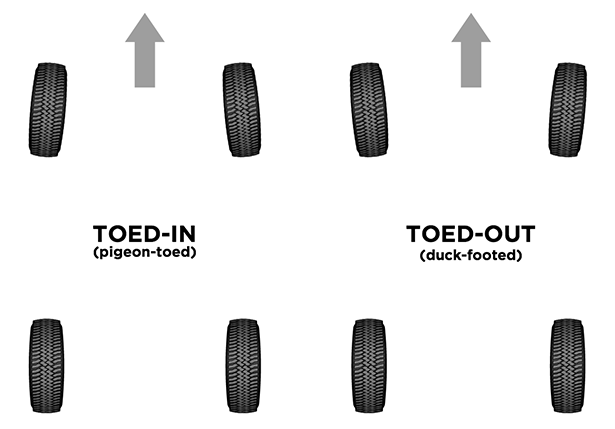
If your car actively pulls or drifts right or left, or the steering wheel vibrates or shakes, your car may have an alignment problem. But your car or truck could be driving fine and still be out of alignment. When you bump up against a parking lot barrier, hit a pothole, or hit the curb, something has to give, and it’s often your alignment. The smallest misalignment can reduce fuel efficiency, and increase tread wear. Your mechanic can adjust your car’s alignment. Take your car in for a check every six months. Or whenever you think something is wrong. A little maintenance can help save a lot of money. Follow these easy, inexpensive tire maintenance tips and you can increase tire life. You’ll also improve gas mileage, extend the life of your car, and make your drive a safer one. You can start right now: Check your tire pressure. See? That wasn’t hard, and you just saved yourself some money.
What you need to know
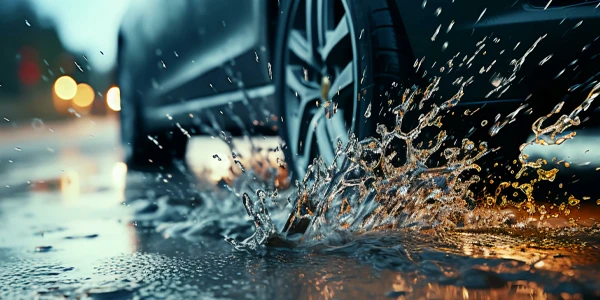
Choosing the Best Tires for Rainy and Wet Conditions
Find the best rain and wet road tires for safety and performance. Expert tips and advice at Les Schwab.

How Long Do Tires Last?
Tire tread life typically ranges from 30,000 to 80,000 miles but can vary based on tire/vehicle type. Learn more about what can impact the tire tread lifespan.

Summer Tires vs All-Season Tires: Which Are Best for You?
Let us help you understand the differences between summer, all-season, and performance tires and decide which gets you better traction and performance.

